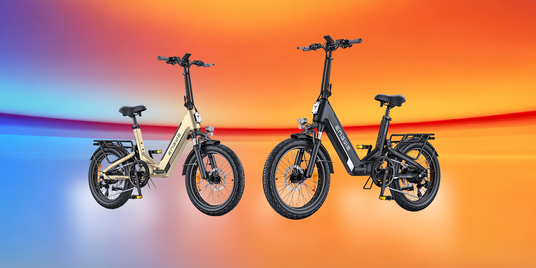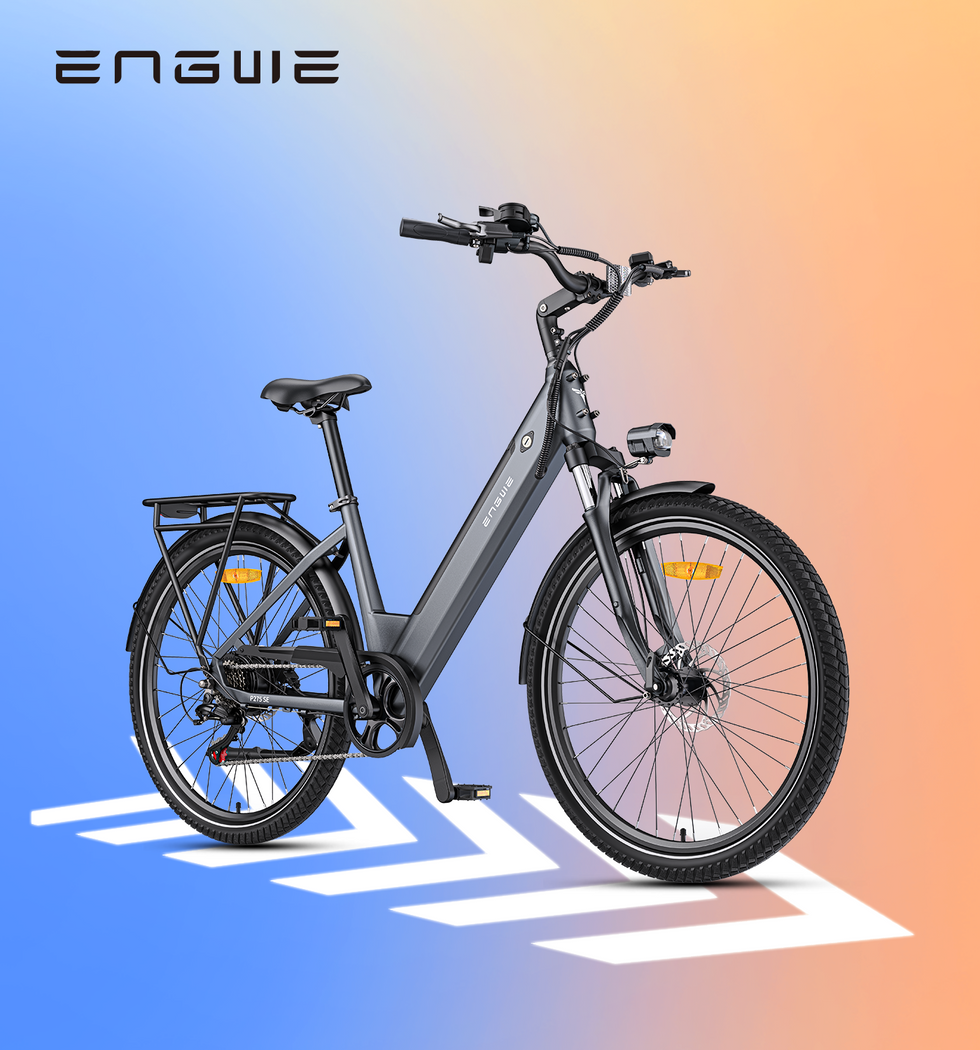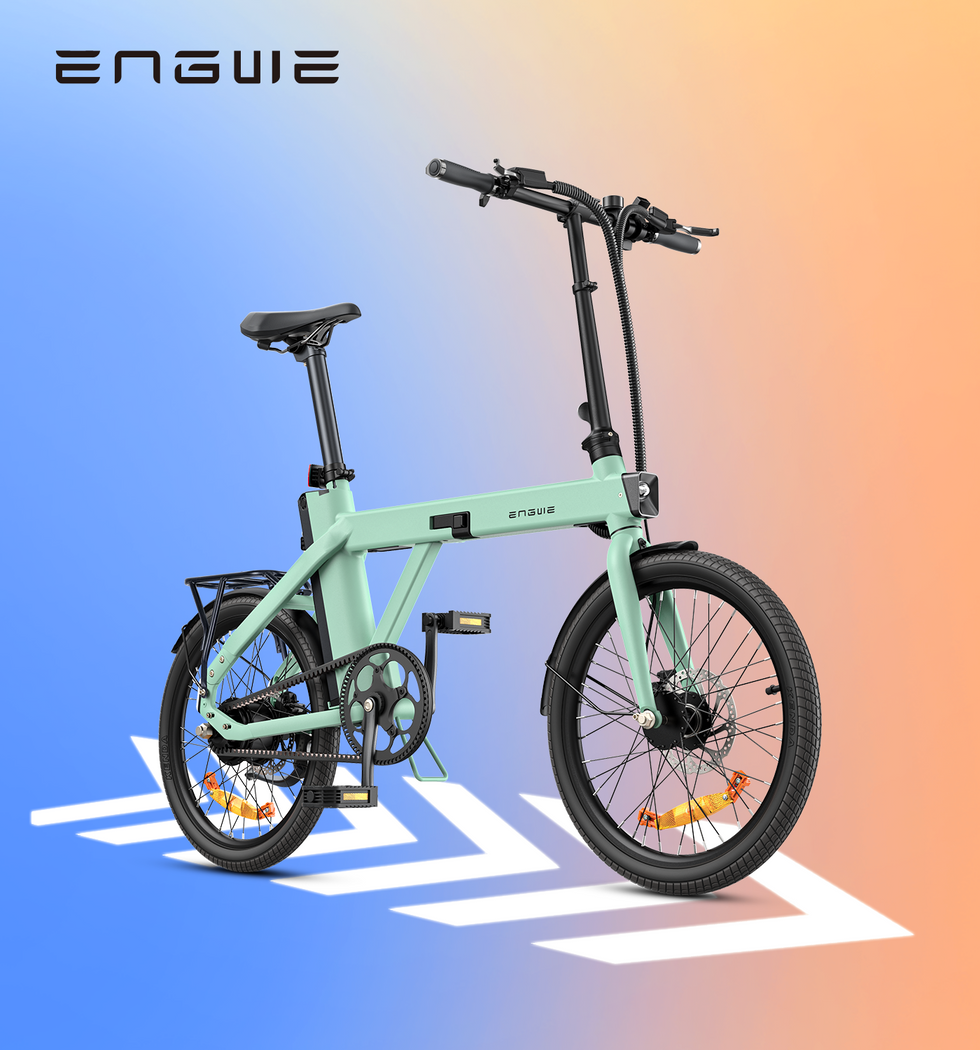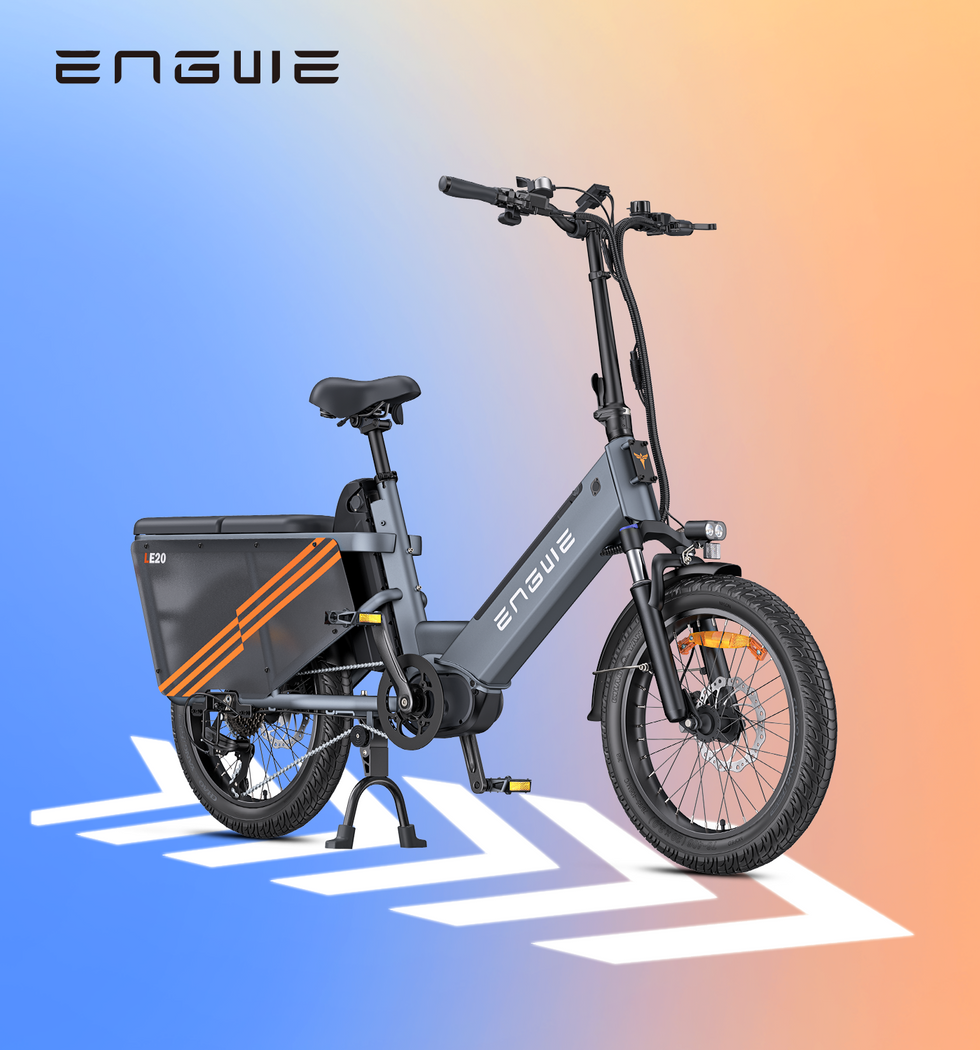It might seem an absolute nightmare trying to find the best folding electric bike. The choices on the market are many, all touting freedom and convenience. But as a person who’s spent countless hours testing, riding and living with these machines, let me tell you: The “best” bike isn’t just the one with the longest range or the most powerful motor. It’s about how naturally it fits into your life. That’s when, whether you’re stowing it under your desk at work, bringing it on a crowded train, or encountering a surprise hill on your way home, you’ve begun to go from dud to stud without breaking a sweat. This guide is intended to cut through the noise, answer the questions you’re probably already asking yourself, and help you find the ideal folding electric bike for you based on your needs, not simply a list of specs.

To frame your journey, let's first get very clear about the core questions that really matter when you are on this quest. It is these real-world details that separate an impressive bike on paper from an awesome one in real life.
| User's Core Question | Information Sought |
|---|---|
| Is it genuinely portable? | Real-world size when folded, weight, how easy it is to carry, and how fast it is to fold. |
| Will it handle my commute? | Battery distance, hills, various road types, rider comfort. |
| Will it work with my lifestyle? | Capacity (racks), durability, maintenance requirements and security. |
| Am I getting good value? | Knowing important features (e.g., torque sensor vs. cadence sensor) and what's a must-have vs. a luxury. |
| Is it safe to ride? | Brake quality, lights, tyre selection and navigating UK e-bike laws. |
Let’s go deep on each of these questions, using what we know from real-world experience.
1. In the real world, how much did you actually use folding and portability?
This, you know, is the No. 1 reason you're here. But there is more to portable than a bike that folds. I’ve dealt with bikes with some very complex folding mechanisms that have left me with greasy hands and an exasperated sigh. I have also tried lifting those very small bikes that are the 'small-after-haggling-with-my-wife-on-the-price-that-she-overpaid-but-that-I-didn’t-argue-with-just-get-me-the-dang-bike' you know so well. The trick is to find a straightforward, intuitive folding method, preferably one that takes place over just two or three gestures. The folded size matters, but so does the folded shape. Is it some weird, bulky shape that’s going to catch on everything? Can you push or pull it when it’s folded up, or do you need to lift its entire weight?
Weight is a huge factor. Something smaller than 25 kg is liveable for short distances, for example, into a car boot or onto a train. But you have to be realistic when you get to the mid-30s kg. This is a weight with which you can cope for one very short repetition but not one that you would want to be lugging up three flights of stairs to your flat every day. Truly portable takes the comprehensive design into consideration, from commuting to storing. The hope is to make that transition between those two states as seamless as possible. A bike that is a pain to fold will ultimately become a bike that you don’t use as much.
2. What statistics are really important when it comes to daily riding?
Numbers can be overwhelming when you're comparing specs. When it comes to commuting or taking a leisurely ride in the UK on a folding electric bike, there are three things that really count: torque, range, and ride quality. Wattage frequently gets bigged up, but the biggest number of interest, as far as UK road use is concerned — you can have more off-road — is the continuous power output of 250W. Much more important in the real world, especially on hills, is torque, in Newton-metres (Nm). A bike with more torque will feel and be noticeably faster and more responsive off a stop or when you start to climb an incline. It’s the difference between sensing the bike helping you along and sensing it actually pushing you.
Range is the next major issue. The manufacturers’ attainable ranges, equally, tend to be based on optimal conditions: a svelte rider on flat land using the lowest setting of pedal assist. For an educated guess, I would say cut the advertised max range by 25-30%. This is a much better indication of what you would receive on an average day with some mixed terrain and a few stops/starts. For peace of mind, one key feature you’ll want to have is a removable battery. It not only makes charging easy to bring inside, etc. It’s also a theft deterrent; a bike without a battery isn’t that desirable for a thief.
Finally, ride quality is paramount. City streets are less than smooth in most cases. Find a bike with wider, “fat” tyres (about 4 inches). These also provide amazing stability and translate as a primitive type of suspension, absorbing shocks from potholes and uneven terrain. When you add a front suspension fork to the mix, the ride becomes even smoother and more fulfilling, making it a perfect date, a date with no end.
Having seen numerous models come his way, a great example that caters to these needs in a just and precise fashion is the ENGWE EP-2 Boost. It has the foldable footprint users want, but it’s the smart engineering that sets it apart. At its heart is a totally EU-legal 250W motor, but the true magic comes in the form of its torque sensor. It's a game changer in the ride feel, providing a directly proportional power that is dependent on how much pressure you're putting on the pedals, giving you a more natural, intuitive feel and not a jerky, unnatural push. For the bane of any UK commute, the big hills (and small), there is also a dedicated Boost button, which, when pressed and sustained, will release an impressive 55Nm of torque, which will have you soaring up even the toughest of climbs. The cycle features a 48V 13Ah detachable battery, which solves the problem of range and provides up to 120 km of range in optimal conditions on a single charge. This performance is complemented with exceptional riding comfort thanks to 20 x 4.0 fat tyres and a full front suspension that soaks up road imperfections. Confidence and convenience are key when you're riding any terrain, with 180mm hydraulic disc brakes, 7-speed Shimano twist shifters, and a Dolmiti rear rack.

3. Outside the specs, what are the characteristics that make a foldable e-bike practical for our use?
A good electric bike is a great partner for your daily work. A great set of mudguards doesn't seem to get the praise it deserves but, for any UK-based rider, it really is a must-have. They are mandatory if you want to cycle when it is not bright sunshine. Showing up to your destination with a spray of dirty water up your back is never a good look. Also, a solid rear rack can change your bike into a beast that can carry things around instead of just being a commuter. It enables you to lug groceries, a work bag or other necessities without a sweaty backpack. Check the maximum weight for the rack; a decent one should take 25kg plus.
Durability is another key aspect. Seek inbuilt features indicating low maintenance and a long life. For instance, some new e-bikes with foldable frames feature one-piece wheels rather than the classic spoked ones. These have a lot more strength, require very little maintenance (i.e., spoke-tightening) and perform better, regardless of what terrain you are riding on. The little details matter too. An integrated LCD screen that clearly displays your speed, remaining battery, and distance covered is key to being able to well manage your ride. Lastly, being able to find all of the small parts needed for assembly and normal maintenance right in the box is a tell-tale sign of a company that thought about the whole experience of owning the product.
4. What are the best, and what are the rest?
Not All E-Bike Features Are Created Equal
In the world of e-bikes, the most important single feature in terms of ride quality and long-term value is a torque sensor, as already stated. Lower-priced bikes tend to use a cadence sensor, which basically just turns the motor on when you start pedalling and off when you stop. It feels clunky and artificial. A torque sensor measures your effort and matches you, so it seems as though you’ve been given superhuman legs. It saves power, prolongs battery life and offers a much safer and better riding experience. If you have to pick where to spend your money, this is where.
Do not ever skimp on essential features like brakes and lights. Disc brakes provide dependable stopping power in any weather. Opt for larger rotor sizes, such as 180mm, for better braking force. Built-in lights that are powered by the main battery pack are an awesome convenience and safety feature. A bike with a rear light that doubles as a brake light, brightening when you slow down, is an enormous boon for visibility in city traffic. Features you may be able to overlook are overly complex app integrations or dozens and dozens of gears. For the average city ride, 7 or 8 gears are plenty. Just pay attention to the fundamentals: how the motor feels (the torque sensor), how much capacity the battery has, how reliable the brakes are, and how comfortable and practical is the frame.

5. What are the concerns for safety and regulatory compliance?
Riding an e-bike safely and legally in the UK is an easy process if you understand the rules. The motor on your foldable electric bicycle must generate no more than 250 watts of continuous power. The electrical assistance needs to cut out when the bike exceeds 25 km/h (15.5 mph). The bike must be powered by pedalling, so you can’t have a throttle that operates independent of pedalling from a complete stop (though some do help with walking the bike). A bike that adheres to these “EAPC” (Electrically Assisted Pedal Cycles) rules can be legally ridden anywhere a normal bike can, without the tax, insurance or licence stipulations that may be associated with cars and motorbikes.
On the safety part, do not forget to test out the brake system quality. Disc brakes are a must. The bike should also include front and rear lights to be seen in the dark. With narrower tyres and minimal tread, it can feel like you’re on ice at times; any movement in a different direction to the way of travel, and you notice how fragile the tyres' touch on the ground is. Finally, make sure that the frame and folding mechanism of the bike feel sturdy and stable. It should never creak or flex when you ride. When you ride a bike that’s solid and good-looking, it breeds a feeling of security and, in turn, the feeling of security is an important component of safety on the road.
Selecting the perfect foldable electric bike is ultimately about finding one whose features align with the destination you have in mind.



